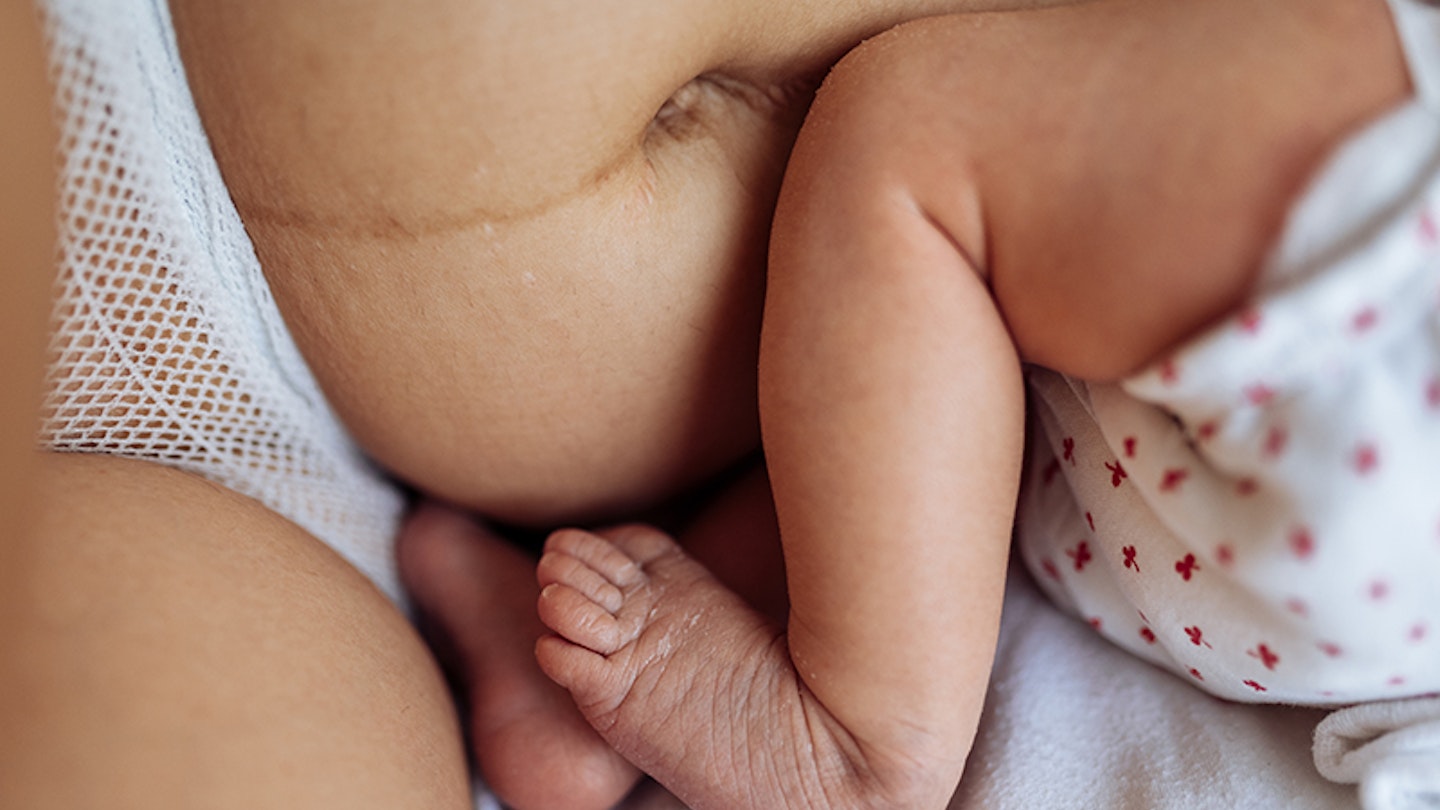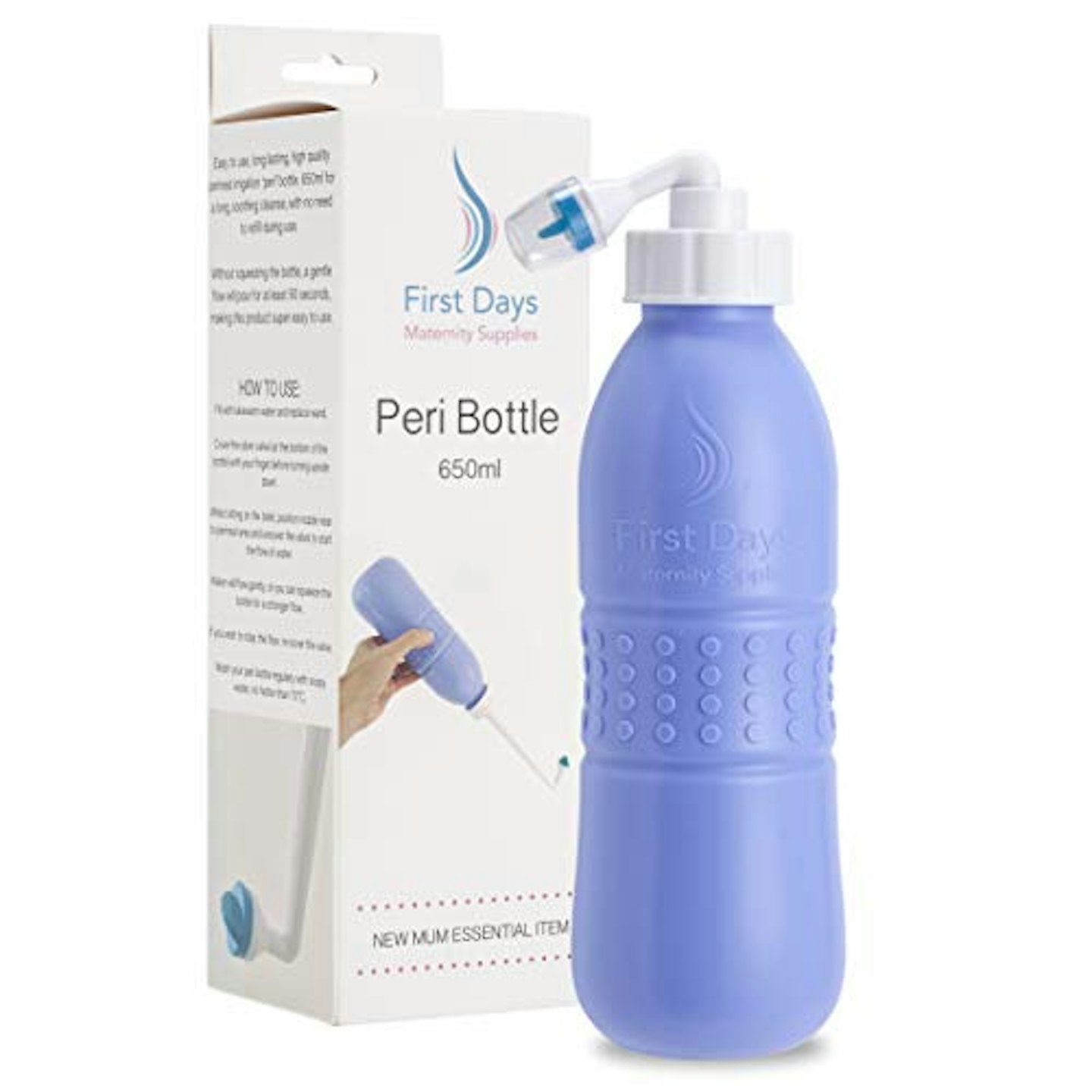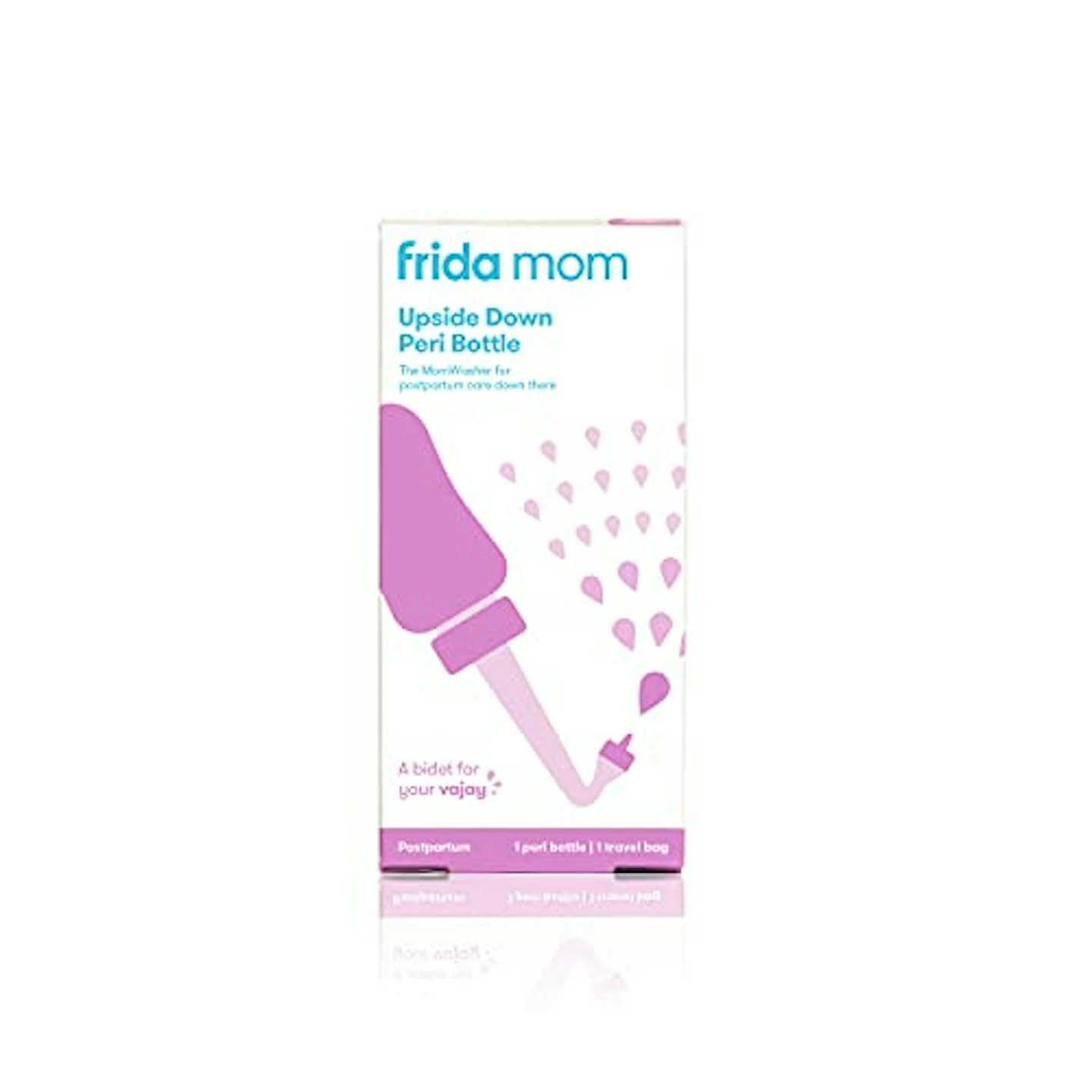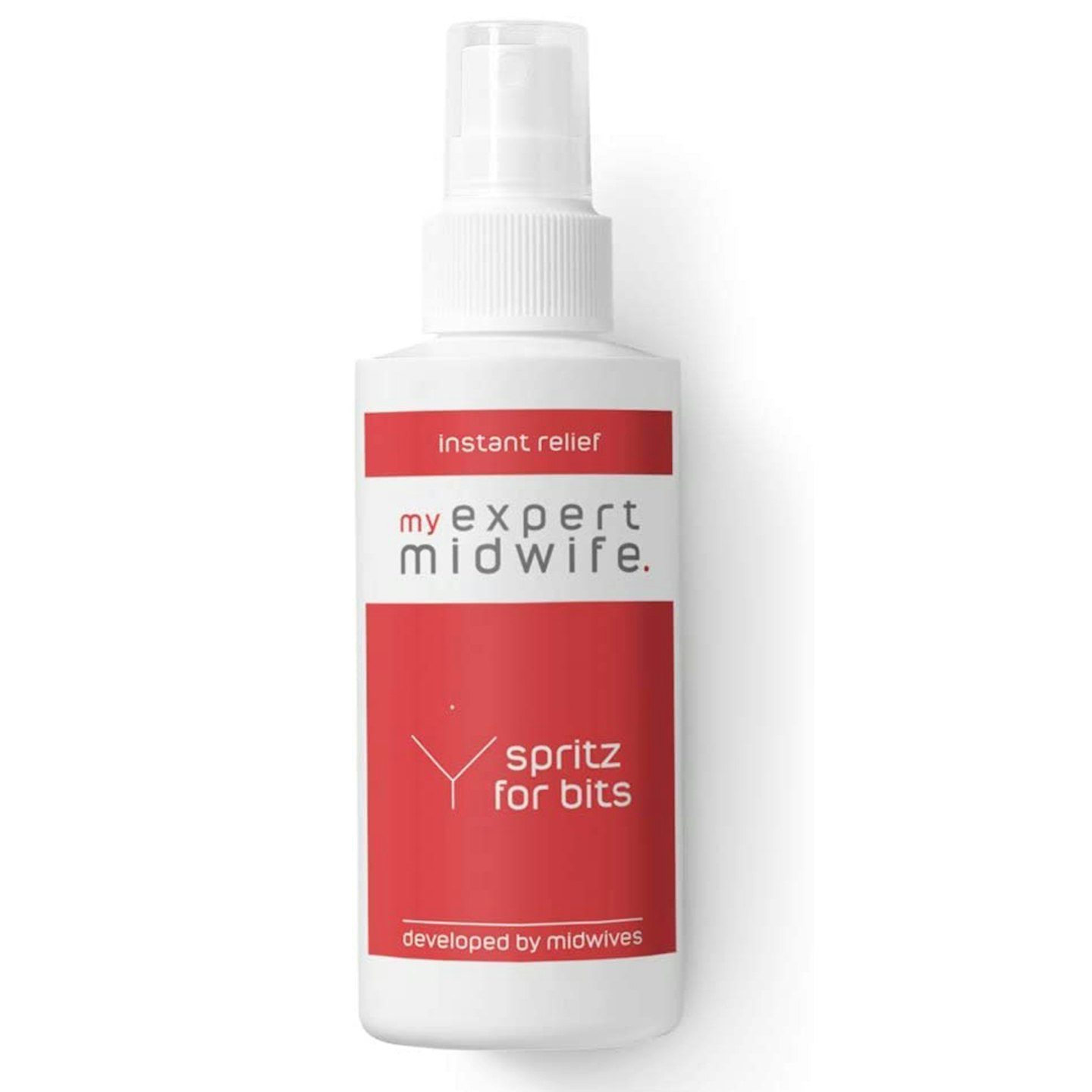Most new mums will tell you that giving birth isn’t exactly a comfortable experience and when it comes to going to the toilet afterwards, just the thought of it can be a little terrifying.
If you’ve had a vaginal delivery, it is normal for your perineum – the area between your vulva and anus – to feel sore and swollen. You might have experienced a perineal tear or been given an episiotomy so your midwife or doctor may have stitched your skin up to help it heal and repair.
It’s not surprising then that going for your first wee after giving birth can cause an uncomfortable stinging or burning sensation. And some new mums swear by using a peri bottle to soothe their perineum and help it to heal.
What is a peri bottle?
Short for perineum bottle, a peri bottle is a squirty dispenser that allows you to gently clean your private parts in those first few days after giving birth. Even if your labour was very straightforward and you didn’t need any stitches, your skin will still need time to recover.
You will also bleed for up to six weeks after your baby was born. This discharge – known as lochia – can be quite heavy initially as your uterus is shedding its lining.
Keeping your perineum clean is an important part of preventing infection and while many women find warm baths help, using a peri bottle is a quick and simple way of cleansing the area whenever you need to.
Popular in the United States where many hospitals actually provide new mums with peri bottles, the idea is you squirt warm water both during and after urination to relieve the stinging and keep your healing perineum clean. Sometimes referred to as ‘perineal irrigation’, using a special bottle is easier and more convenient than pouring warm water using a jug and gentler than using a shower head.
Your hospital bag checklist: essentials to pack for labour and beyond
How do I use a peri bottle?
Using the bottle itself is very simple. All you need to do is fill it with warm water and point the tip towards your private parts while you are on the toilet. Squeeze the bottle to direct the flow of liquid over the right area.
The water dilutes the urine, which reduces the stinging feeling some women experience. Once you have finished, you may want to use toilet paper to gently pat the area dry but do not wipe as this will irritate your skin.
Make sure the water you use is warm but not hot as you don’t want to risk burning your already sensitive skin. As well as feeling soothing, some mums feel using a peri bottle leaves them cleaner than simply using toilet paper would.
How long do I need to use a peri bottle for?
There is no hard and fast rule for how long you should use a peri bottle but most women find they only need to use one for about a week. Continue using your peri bottle for as long as you feel it is helping you during the postpartum period.
But if you are still experiencing discomfort while going to the toilet after more than a week, it may be worth mentioning it to your midwife so she can check the area is healing properly and there are no other issues like an infection.
Do I need a peri bottle if I had a c-section?
If you spent time in labour before you had your caesarean section, your perineum may still feel sore and swollen in those first few days after your baby was born. You will also experience the same heavy postpartum bleeding as those who had a vaginal birth so you may want to use a peri bottle to keep the area clean, especially if bending down is painful.
No matter how you gave birth, whether you choose to use a peri bottle or not is completely up to you. Anything that might make you feel a little more comfortable in those first few exhausting days of parenthood is a winner in our books.
What do I put in a peri bottle?
Some of the products you can buy come filled with a ready-made formula designed to relieve sore skin and reduce swelling. If you are filling your bottle yourself then you may want to add witch hazel, aloe vera or Epsom salts or just stick to plain water.
Where can I get a peri bottle in the UK?
Although peri bottles are more commonly used in the United States, they are becoming much more popular here too and you can buy them in a number of places both in store and online.
Here is our pick of peri bottles to add to your hospital bag:
Description
This large peri bottle holds 650ml of water so you won’t need to worry about refilling it until after your toilet trip. The tip is angled to make it easy to use and the spout is retractable making it less bulky to store.
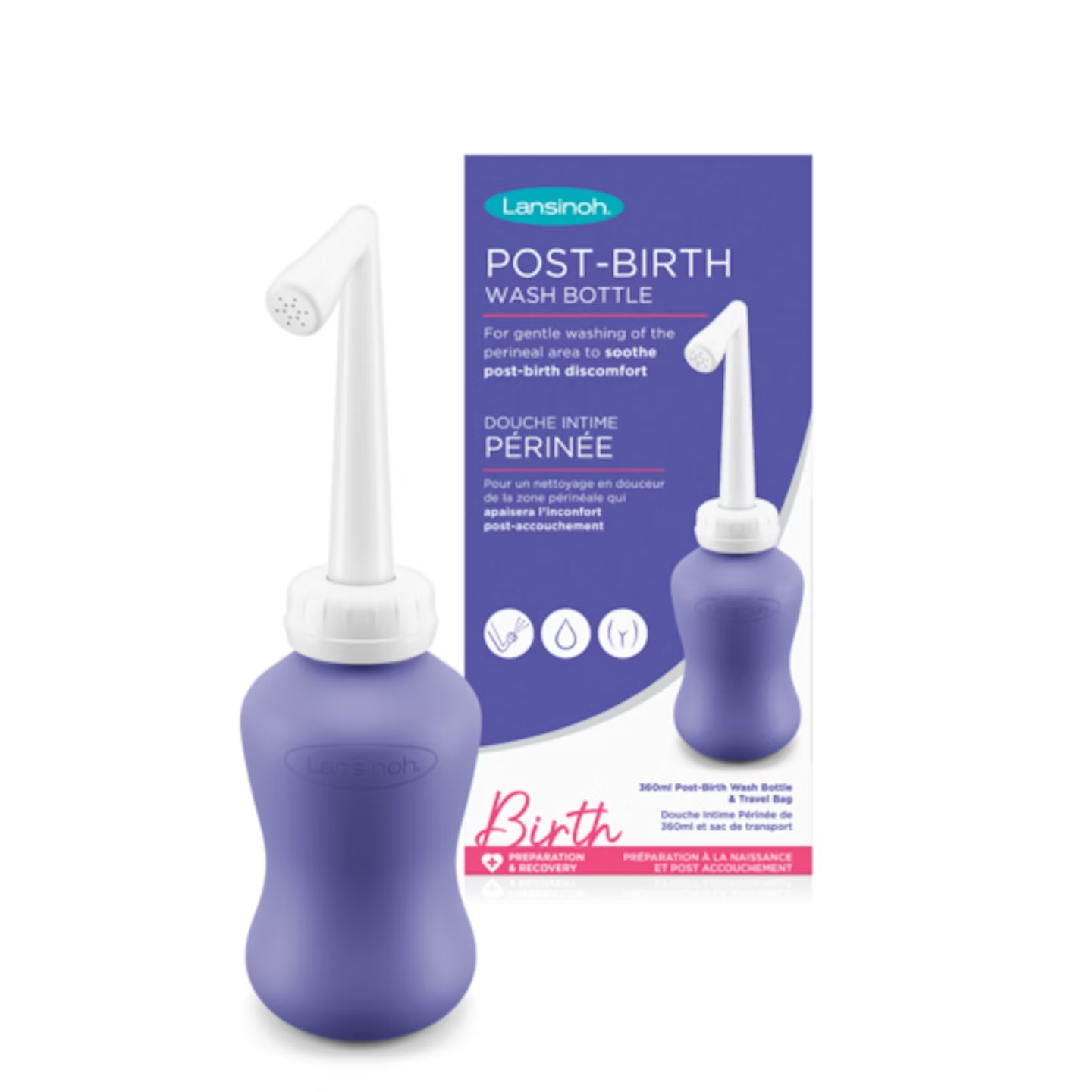
www.johnlewis.com
Description
This handy purple bottle is simple to use and comes with a collapsible spout and storage bag. Simply fill it with warm water and squeeze to gently direct the water onto your perineal area.
Description
The ergonomic upside down design of this peri bottle makes it comfortable to use. Describing itself as a portable bidet, the bottle comes with a waterproof storage bag and a narrow angled neck to help you get the stream of water to the right spot.
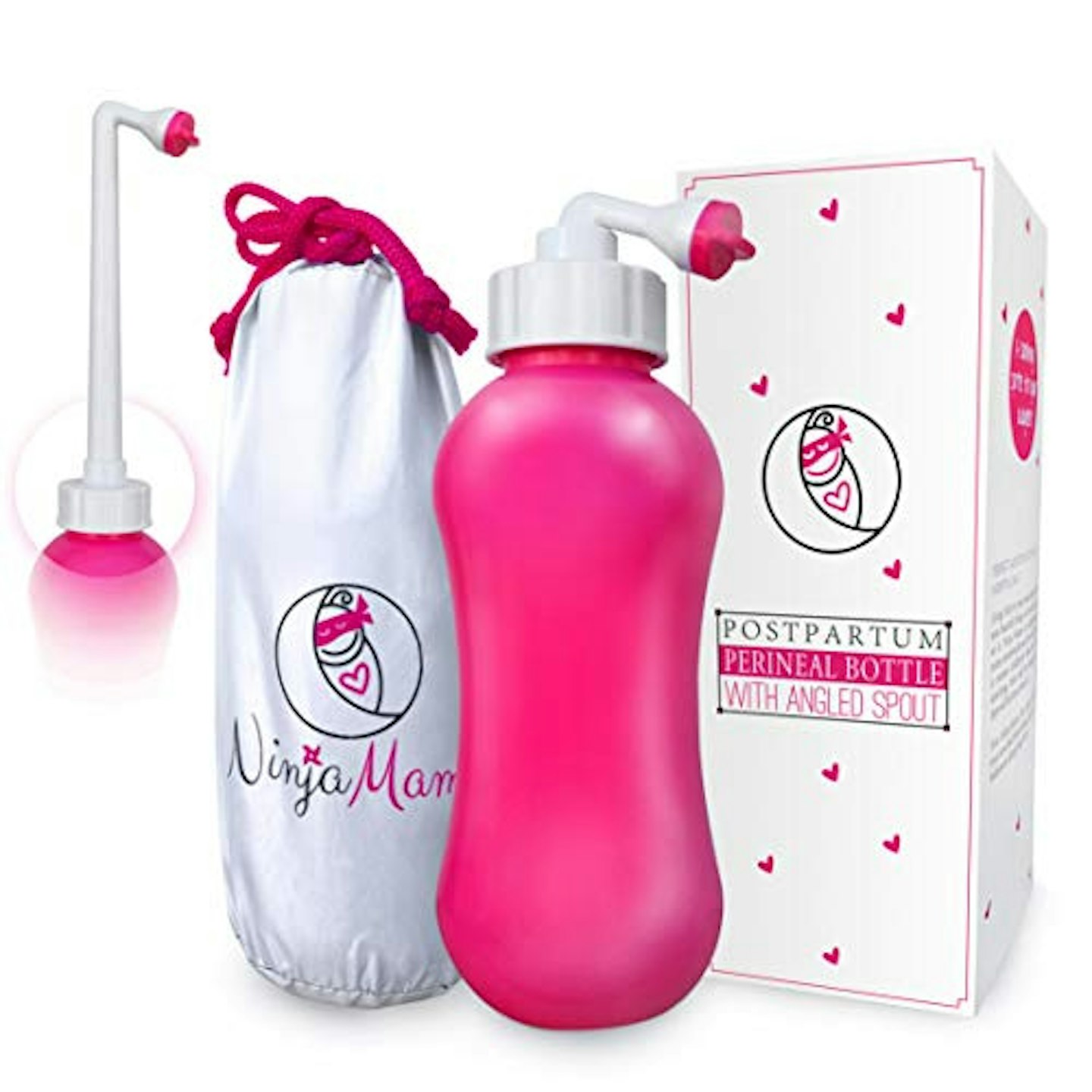
Description
This bright pink bottle is large enough to hold 450ml of water and comes with a special pouch to keep it in. It has an extra-long 7-inch retractable spout which locks in place so you don’t need to bend down to direct the stream of water.
Description
Unlike the other items on our list, this is a ready-made spray for squirting rather than a peri bottle you fill yourself. Developed by midwives, the spray includes lavender oil, tea tree oil and witch hazel to soothe your sore perineum and promote healing.
